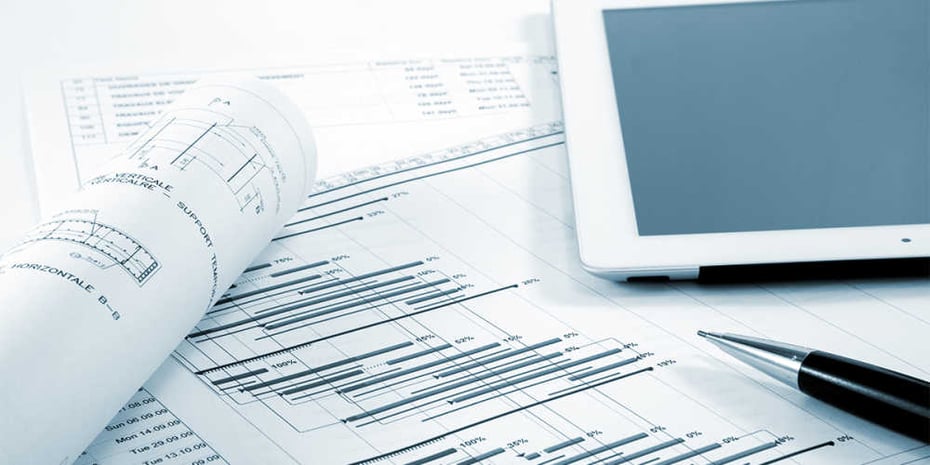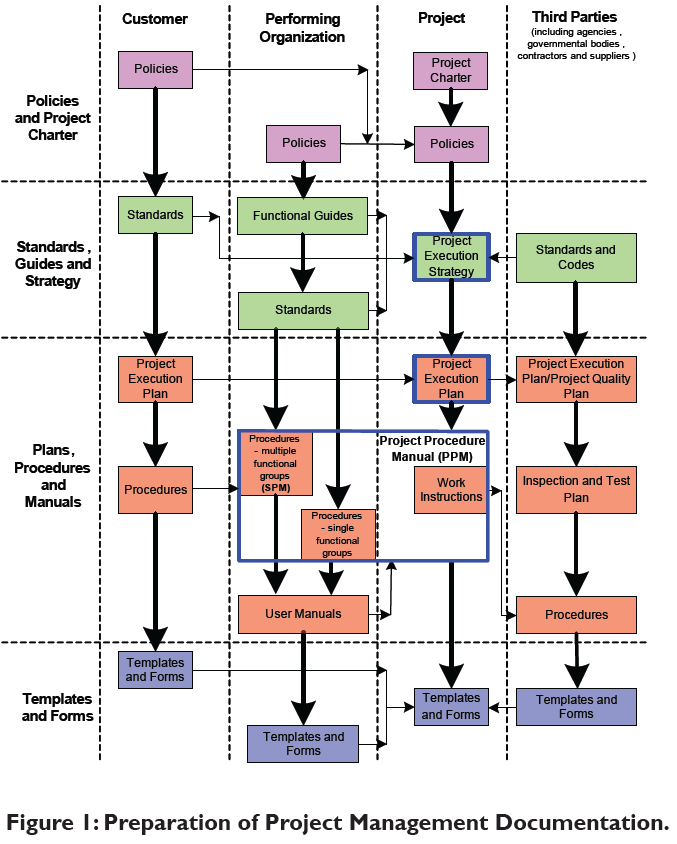Engineer's Guide to Enhancing Building And Construction Record Administration for Reliable Task Implementation
In the complex globe of design and building, the reliable monitoring of project paperwork stands as a keystone for success. Engineers are charged with juggling a myriad of drawings, records, contracts, and specs, all vital parts for bringing a job to fulfillment. Nonetheless, the process of arranging, sharing, and preserving these papers can typically come to be a maze of inefficiencies and troubles otherwise managed carefully. By exploring systematic methods, cutting-edge devices, and sector best methods, engineers can not just streamline their record management processes however likewise lead the means for extra efficient project implementation. Let's navigate through the crucial techniques and options that can revolutionize how engineers handle building and construction documentation, making sure jobs are supplied with accuracy and timeliness.
Significance of Efficient File Monitoring
Why is reliable paper administration vital for architects in the construction industry? Effective document management is necessary for engineers in the building and construction market as it plays an essential function in making certain the effective execution of jobs. Engineers deal with a large variety of files, varying from layout drawings and specifications to licenses and agreements. Proper organization and administration of these documents are vital to preserve project timelines, ensure conformity with laws, and help with effective communication among project stakeholders.

Efficient record administration enables architects to accessibility crucial details quickly, track project progress accurately, and mitigate risks related to mistakes or noninclusions. By implementing streamlined paper management procedures, architects can boost partnership with clients, professionals, and other team members, causing improved job outcomes and customer fulfillment.
Moreover, efficient paper management aids designers maintain a comprehensive task background, enabling them to leverage past lessons and experiences learned for future tasks. In today's hectic building market, where prompt decision-making and information sharing are vital, efficient paper monitoring is a keystone for success.
Approaches for Improving Paper Organization
Efficient document administration techniques not just make certain project success for designers in the building and construction market but additionally lay the foundation for carrying out techniques for simplifying file company. To streamline document company properly, architects need to initially establish a clear identifying convention for folders and files. Consistency in calling files based upon job phases, document types, and relevant info will certainly facilitate easy access and reduce confusion.
Utilizing cloud-based storage services can likewise enhance paper organization by supplying a centralized location for all project-related files - construction document management. This allows employee to access the most up-to-date papers from anywhere, advertising collaboration and effectiveness. Executing variation control systems further refines file organization by tracking modifications, protecting against conflicting edits, and making certain that the most recent versions are constantly available
Additionally, creating a sensible folder structure with marked subfolders for various paper groups, such as drawings, contracts, and specifications, can improve record administration processes. Consistently reviewing and removing out-of-date or repetitive files will certainly assist maintain a lean and well explanation organized paper database, ultimately enhancing efficiency and project outcomes.
Leveraging Technology Devices for Cooperation
In the realm of modern-day design, designers are significantly relying on advanced technology tools to promote smooth collaboration among job stakeholders. Cloud-based systems such as BIM 360 and Procore allow real-time accessibility to project files, enabling contractors, customers, and architects to team up successfully no matter of their physical location.
Virtual layout and building and construction (VDC) software application like Revit and AutoCAD Architecture allow engineers to develop in-depth 3D versions that can be shared and modified collaboratively. This real-time partnership boosts design visualization, control, and precision, leading to much better decision-making throughout the job lifecycle. Furthermore, interaction tools like Slack and Microsoft Teams give immediate messaging, file sharing, and video clip conferencing capacities, cultivating smooth communication amongst employee and stakeholders.
Making Certain Accuracy and Version Control

Reliable version control additionally aids in taking care of record authorizations and ensuring that only accredited workers make alterations. Engineers need to develop clear protocols for documenting modifications, including timestamps and customer identification, to produce an audit trail for accountability. On a regular basis interacting with the task team about variation updates and changes is necessary to stay clear of confusion and maintain placement throughout the building procedure.
Ideal Practices for File Sharing and Access
Having actually developed a durable system for version control in building paper administration, designers can now focus on optimizing record sharing and accessibility methods to improve collaboration and efficiency among task stakeholders. These platforms supply real-time accessibility to project files, allowing group members to have a peek here check out, edit, and comment on documents all at once.
Furthermore, executing role-based accessibility control is important for keeping information safety while promoting partnership. Appointing different consent degrees to staff member ensures that delicate info is only easily accessible to authorized employees. Routinely updating gain access to consents based upon task requirements and team modifications is crucial for maintaining information integrity.
Incorporating project administration software application with document sharing systems can also improve operations. This assimilation allows for smooth interaction, task tracking, and document administration within a single interface, reducing the need to switch over in between numerous devices. By complying with these best practices, designers can develop a more effective and collective file sharing atmosphere, eventually leading to successful job execution.

Final Thought
Finally, efficient building and construction file management is crucial for successful project implementation. By implementing methods for company, leveraging technology tools for partnership, making certain accuracy and variation control, as well as adhering to best practices for paper sharing and gain access to, engineers can improve their process and improve total job efficiency. Focusing on these facets of file monitoring will cause smoother project execution and far better results for all stakeholders included.
Effective record administration is essential for architects in the construction market as it plays an essential role in making certain the effective implementation of projects. construction document management. Correct company and management of these documents are crucial to maintain project timelines, make sure compliance with regulations, and help with efficient interaction among project stakeholders
Efficient file management practices not just make certain job success for architects in the construction market however likewise lay the foundation for applying techniques for streamlining document company. One crucial method is developing a centralized record database where all team participants can access the most recent variations of drawings, specifications, and other project papers.Having actually established a durable system for version control in building paper administration, engineers can currently focus on maximizing paper sharing and accessibility methods to improve cooperation and efficiency amongst project stakeholders.
Comments on “From Chaos to Control: Using the Prospective of Construction Document Management”